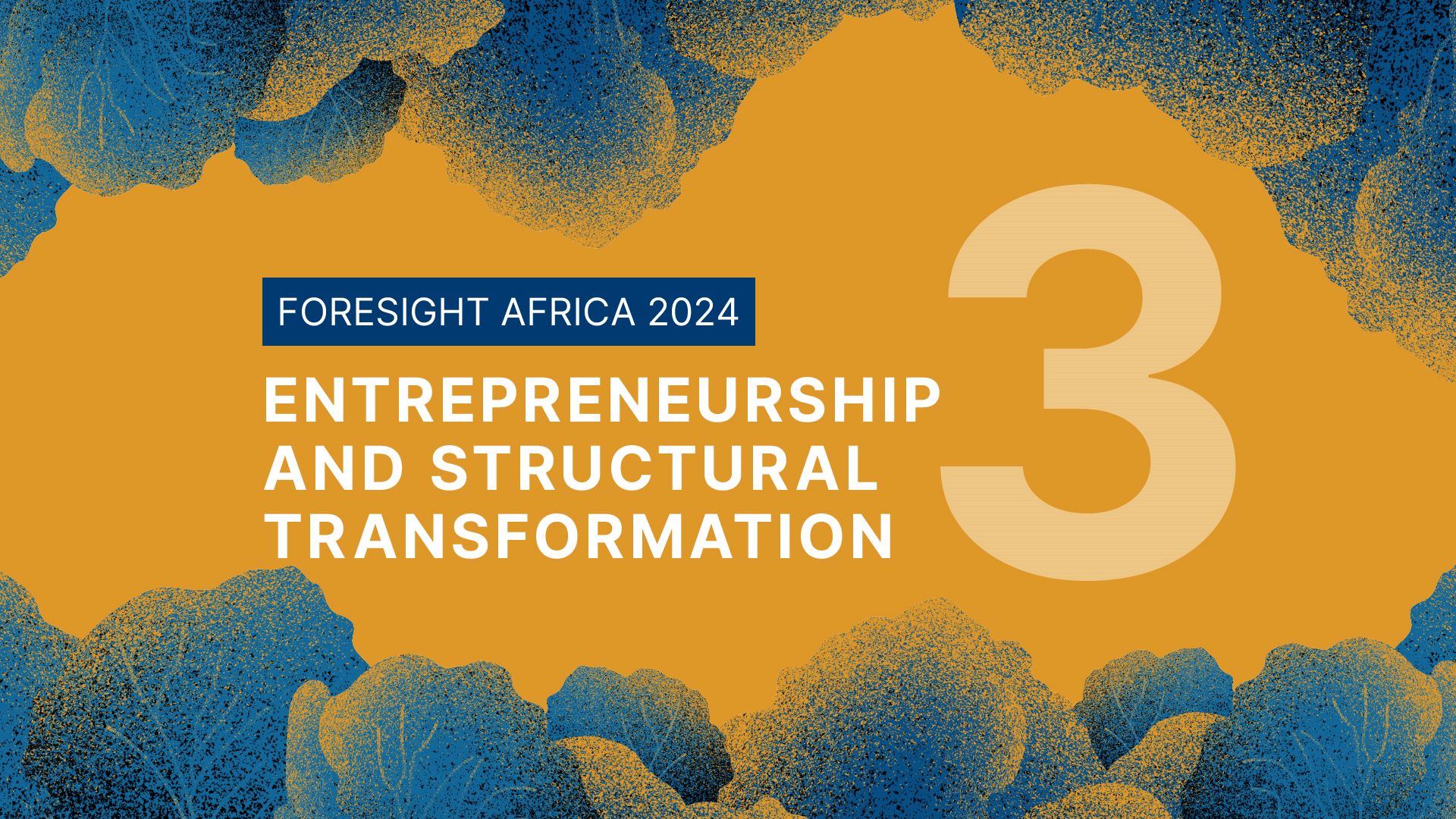Africa’s youth population is on the rise, with projections indicating that by 2030, over 40% of the global youth population will be African. By 2050, the number of African youths is expected to reach a staggering 830 million. This demographic trend presents a unique opportunity for the continent to harness the potential of its young workforce and unleash a demographic dividend that could positively transform millions of lives. However, the reality is far from ideal, as more than 1 in 4 young people in Africa are not in employment, education, or training (NEET).
The African Development Bank estimates that each year, up to 12 million youths in Africa enter a workforce that has only 3.1 million jobs available. To meet the employment needs of this growing youth population, 1.7 million new jobs need to be created each month. This stark reality highlights the urgent need for innovative solutions to address the youth unemployment crisis in Africa.
Entrepreneurship has emerged as a key driver of job creation for Africa’s youth. The continent boasts the world’s highest rates of entrepreneurship, with more than 1 in 5 working-age Africans starting a new business and more than three-quarters of the youth planning to start one within five years. However, the majority of these entrepreneurial ventures are self-employment in the informal sector, classified as “vulnerable employment” by the International Labour Organization.
Vulnerable employment is characterized by low productivity, low earnings, and difficult working conditions, posing significant challenges for young entrepreneurs in Africa. These challenges include a lack of access to appropriate funding instruments, high operating costs due to inadequate infrastructure, poor macroeconomic conditions, and unsupportive government policies. Coupled with low levels of economic growth and poor social protection schemes, African economies are facing a daunting task of addressing youth unemployment.
As an entrepreneur herself, Ada Osakwe shares her firsthand experience of the challenges faced in building a business in Africa. Despite the hurdles, Osakwe launched Nuli Foods, an agribusiness that manufactures nutritious beverages using locally grown fruits and vegetables. The business has created jobs for youth, reduced post-harvest losses, provided steady incomes for smallholder farmers, and improved access to better nutrition for Nigerians. However, securing financing, high operating costs, inflation rates, and policy instability have been significant obstacles in the journey of building Nuli Foods.
To address the systemic challenges facing young entrepreneurs in Africa, Osakwe advocates for a shift in the approach to entrepreneurship support. She proposes focusing on “SME Eagles,” referring to micro, small, and medium enterprises that have demonstrated resilience and success in the face of Africa-specific challenges. These SME Eagles have the capacity to provide stable, wage employment for millions of young people, serving as anchors that create and sustain jobs.
By providing targeted support to SME Eagles, such as affordable capital through blended finance mechanisms, grants, credit guarantees, and interest rebates, African economies can catalyze entrepreneur-led job creation on a massive scale. This approach not only de-risks entrepreneurship for new ventures but also leverages the proven business models and operational structures of successful SME Eagles to create stable jobs for youth.
In conclusion, Osakwe emphasizes the importance of enabling SME Eagles to thrive by providing the necessary policy and financial support. By focusing on high-impact, high-productivity local SMEs, African governments, donors, and private sector stakeholders can drive inclusive economic growth and create stable job opportunities for Africa’s youth. Through a concerted effort to support SME Eagles, entrepreneurship can truly become a catalyst for transforming the lives of millions of young Africans and unlocking the continent’s full economic potential.





















